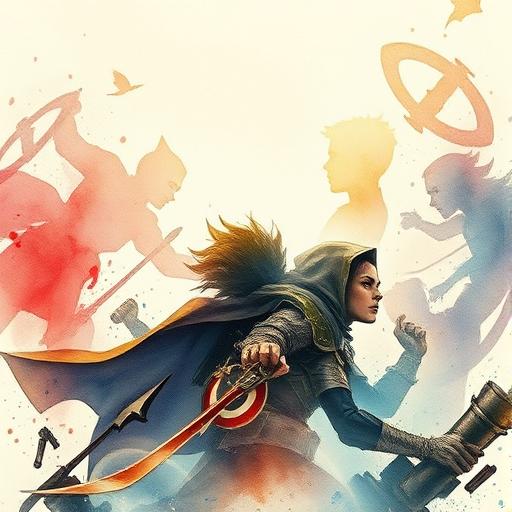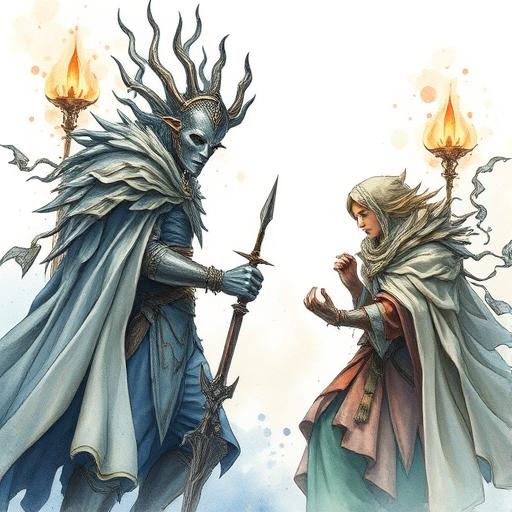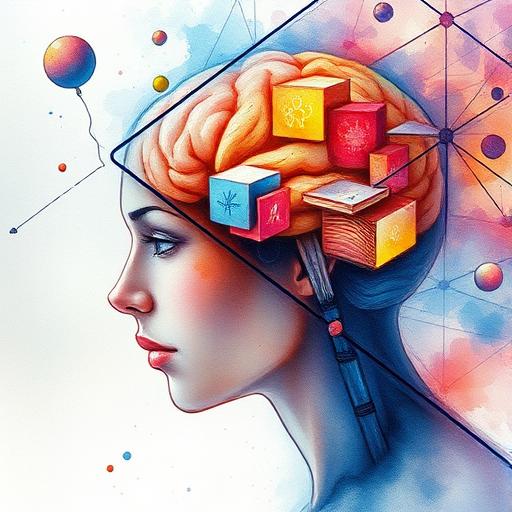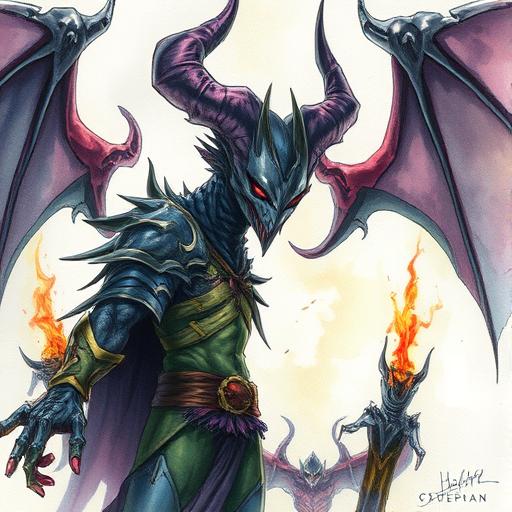Exploring the Psychology of Morally Ambiguous Characters in Fiction
This article delves into the complexities of creating morally ambiguous characters, providing writers with insights and techniques to craft realistic and nuanced personalities. By examining the psychology behind these characters, writers can add depth and richness to their stories, making them more relatable and engaging for readers.
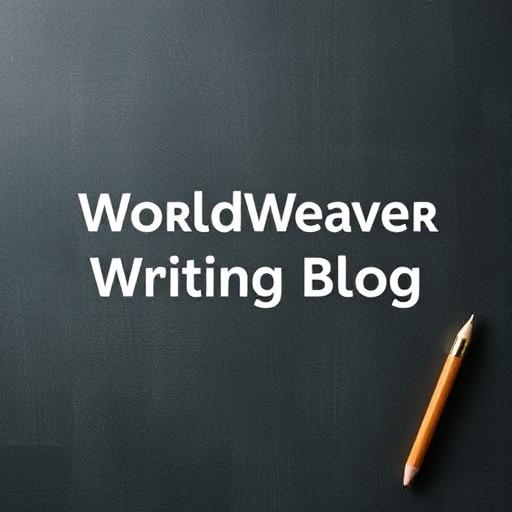
Introduction to Morally Ambiguous Characters
Morally ambiguous characters are a staple of great fiction. They are the characters that make us question our own moral compass, forcing us to confront the gray areas between good and evil. These characters are not simply heroes or villains, but complex individuals with motivations and desires that drive their actions.
Consider the character of Severus Snape from the Harry Potter series. On the surface, Snape appears to be a villain, but as the series progresses, his backstory and motivations are revealed, showing a deeper, more nuanced personality. This complexity makes him a fascinating and relatable character.
Understanding the Psychology of Moral Ambiguity
To create morally ambiguous characters, writers must understand the psychology behind their actions. This involves exploring the character's:
- Motivations: What drives their actions? Is it a desire for power, a need for revenge, or a sense of duty?
- Backstory: What events in their past have shaped their worldview and informed their moral code?
- Conflict: How do they reconcile their actions with their own sense of morality?
By examining these factors, writers can create characters that are multidimensional and relatable. For example, a character who is driven by a desire for revenge may see their actions as justified, even if they are morally questionable.
The Role of Allusions in Shaping Moral Ambiguity
Allusions to religious or philosophical texts can add depth and complexity to a character's moral ambiguity. By referencing allusions to religion, writers can create a richer context for their character's actions. For instance, a character who quotes a particular passage from a religious text may be using it to justify their actions, while also revealing their own moral biases.
| Character | Allusion | Moral Ambiguity |
|---|---|---|
| Holden Caulfield | The Bible | Struggles with the idea of original sin and moral responsibility |
| Captain Ahab | The Bible, Moby-Dick | Obsessed with revenge, seeing himself as an instrument of God's justice |
| Han Solo | None | Operates in a gray area, prioritizing self-preservation over moral principles |
Crafting Morally Ambiguous Characters
To craft morally ambiguous characters, writers should:
- Give them a rich backstory, including motivations and conflicts
- Make their actions consistent with their character, even if those actions are morally questionable
- Avoid making them too perfect or too evil, as this can make them less relatable
- Use allusions and references to add depth and context to their moral ambiguity
By following these tips, writers can create characters that are nuanced and complex, with a moral ambiguity that makes them more relatable and engaging.
The Benefits of Morally Ambiguous Characters
Morally ambiguous characters offer several benefits to writers, including:
- Increased reader engagement: Characters that challenge our moral assumptions can be fascinating and thought-provoking
- Deeper themes: Morally ambiguous characters can explore complex themes, such as the nature of evil or the consequences of revenge
- More realistic storytelling: Real people are complex and multifaceted, with moral ambiguities that make them more relatable
By incorporating morally ambiguous characters into their stories, writers can create richer, more nuanced narratives that resonate with readers.
Conclusion
Morally ambiguous characters are a key element of great fiction, offering writers a way to explore complex themes and create nuanced, relatable personalities. By understanding the psychology behind these characters and using techniques such as allusions and backstory, writers can craft characters that challenge our moral assumptions and leave a lasting impact on readers. For more on using allusions in your writing, check out our article on allusions to religion.
Comments
Comments are hidden to save bandwidth. Load them when you want to read or leave one.
